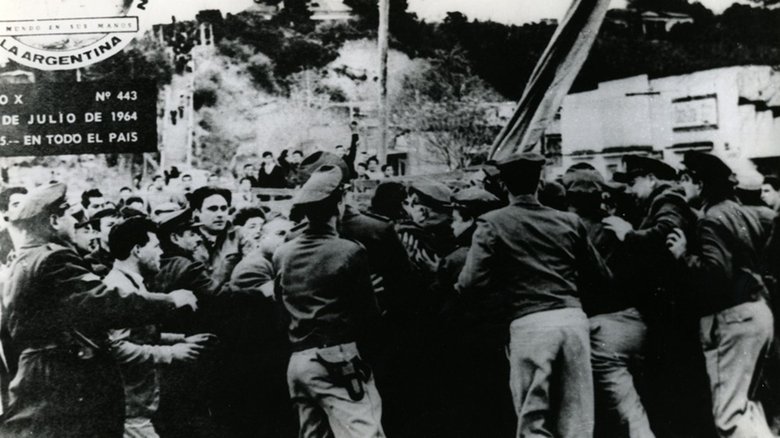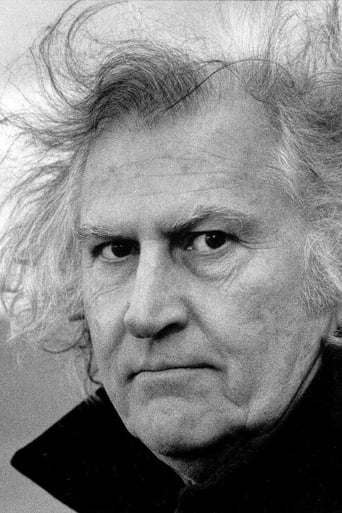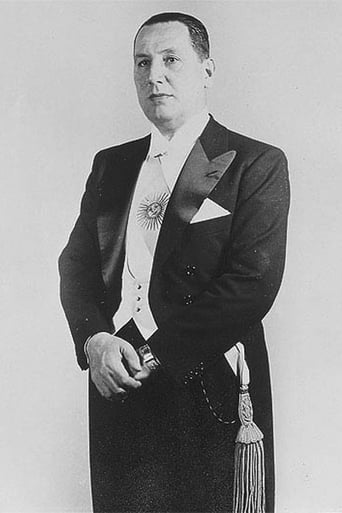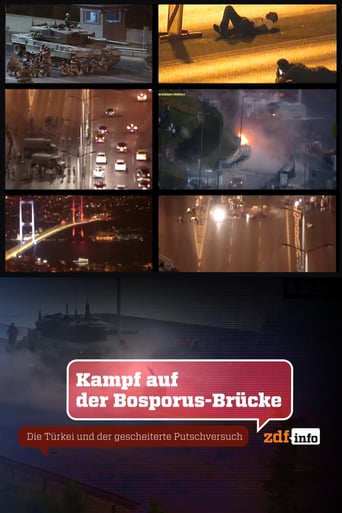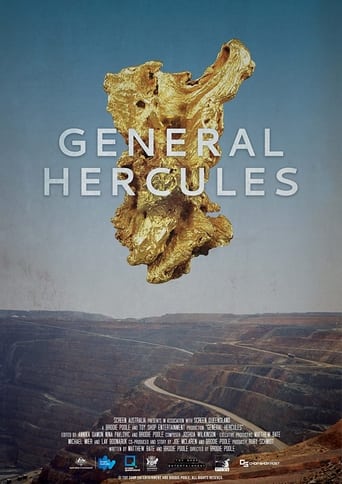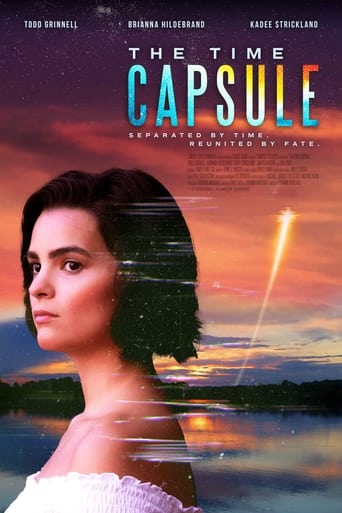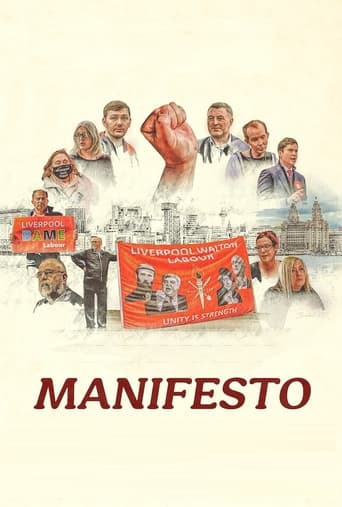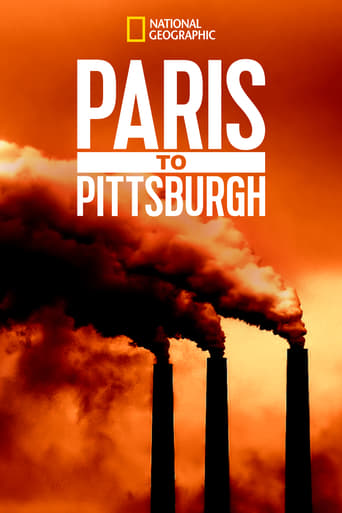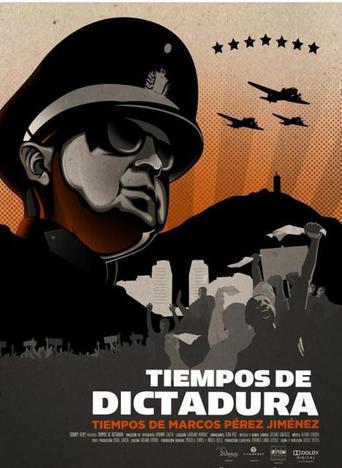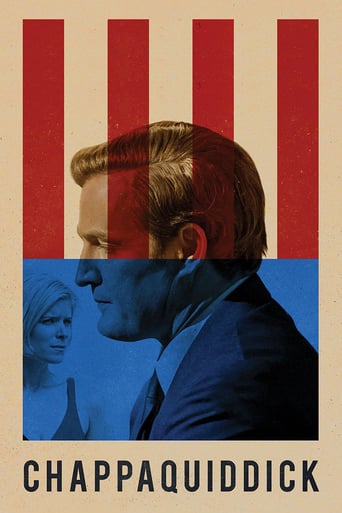The Hour of the Furnaces (1968)
An impassioned three-part documentary of the liberation struggle waged throughout Latin America, using Argentina as a historical example of the imperialist exploitation of the continent. Part I: Neo-Colonialism and Violence is a historical, geographic, and economic analysis of Argentina. Part II: An Act For Liberation examines the ten-year reign of Juan Perón (1945-55) and the activities of the Peronist movement after his fall from power. Part III: Violence and Liberation studies the role of violence in the national liberation process and constitutes a call for action.
Watch Trailer
Free Trial Channels
Cast


Similar titles
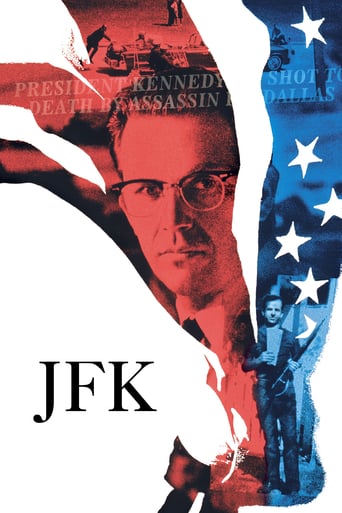
Reviews
Too much of everything
Surprisingly incoherent and boring
A story that's too fascinating to pass by...
Through painfully honest and emotional moments, the movie becomes irresistibly relatable
Fernando E. Solanas with Octavio Getino made a documentary about neocolonialism in Latin America. It's a very evocative film, a call to arms. It can be seen as a series of various themes of the revolution. The original version is 4 hours long clearly divided into three independent parts: I Neocolonialism and Violence (95 min), II The Liberation Struggle (120 min), III Violence and Liberation (45 min). But very often in Europe and the States we only see the first part, which might give a little limited picture of the subject - but I can't say for sure because I have only seen the first part in theaters.The first part Neocolonialism and Violence is the second longest and divided into twelve sequences: History, Earth, Everyday violence, Port city - Buenos Aires, Oligarchy, System, Political violence, Neorascism, Dependence, Cultural violence, Ideological war and Alternative option, which ends up filming the face of the dead Che Guevara for 5 minutes.The Hour of the Furnaces was very unique and original but on some level it reminded me of Santiago Alvarez's 79 Springs (1969), which proved that agitation can also be very intellectual. In the same way The Hour of the Furnaces is a synthesis of agitation and poetry. The art of editing and the use of montage is brilliant - the director clearly knows how to use this theory Eisenstein and Vertov created and defined.Through montage Solanas achieved cinema poetry he managed to create mental associations and allegories by showing suffering cows and the imperialistic American mass products. I had already seen impressive films about colonialism and imperialism - to mention a few; Moi un noir (1958) about the imperialism in Ivory Coast by Jean Rouch, The Song of Ceylon (1934) about the colonialism in India by Basil Wright and Les statues meurent aussi (1953) about colonialism in Africa by Chris Marker and Alain Resnais. But none about the neocolonialism in Latin America the intention of The Hour of the Furnaces was clearly to wake up the people from the lethargy they were in. To show the reality and make the revolution happen. Obviously the filmmakers got there. Because I personally didn't know much about this and it was quite shocking to see it - a very eye opening and thought provoking experience.The Hour of the Furnaces is perhaps the greatest and most intelligent agitation can be. It's a realistic description of the neocolonialism in Latin America and about the revolutionaries. It is not just aimed at one group of people, the film manages to speak to all the people. Solanas shows us a society where the price of human life is forgotten, where people do more work and make less money and the world with no human value.
I was shown the first segment of this film in a lecture on Latin American Cinema, and afterwards I was given the accompanying political manifesto in which Solanas reiterates his revolutionary philosophy. Whatever you make of the politics, it is admirable how he has so artfully expressed the same anti-imperialist messages in the very different mediums of cinema and literature. The economic and cultural colonization to which the West has subjected Argentina, and the craven cooperation of a mindlessly Europeanized elite are both harped upon; first with the skillful editing of interviews and documentary footage, and then simply with expertly chosen words. In both cases the goal was to ferret out the ultimate causes, rather than merely bemoan the effects -- namely chronic underdevelopment and immense poverty and human misery.This relatively cold description misses the point, however. The real strength of the first segment of this film is its unbelievable emotional power. It is a fire and brimstone tirade against the state of Argentina, with the explicit goal of stirring up revolutionary aggression against those whom Solanas and his cadre deem most immediately responsible. Everything is either extremely kinetic editing, emotionally charged narration, or carefully selected cinema verite footage of police and military brutality, urban and rural poverty, or the plight of indigenous peoples -- all accompanied by explanatory titles cards which literally surge forward at the viewer. The movie is a virtuoso experience of emotional manipulation at its most sophisticated, going so far as to climax with a rapid montage of shots of youth mindlessly milling around record stores edited to the sound of machine gun fire. Inevitably, reality soon sets back in. One hesitates to apply words like "one-sided" or "biased" to a film like this. This is no Michael Moore spiel, or one of the numerous liberal exposes that criticize American culture from within -- it is nothing less than a late 60s revolutionary call to arms; a militant document aimed at combating the repression of a very real authoritarianism. As such, it's more fruitful to critique the direction it wishes to lead than the relative truth of the world-view it puts forth. For this, one can find no better crystallization than the film's coda. This is simply a minute-long close-up of the lifeless face Che Guevara -- Argentina's ultimate revolutionary gazing at us from beyond the grave, perhaps inviting others to follow his example. This is not a blind fetishization of him on the basis of Alberto Korda's great photograph, but a valorization of his revolutionary Stalinism, which Solanas's manifesto agrees with in labeling "Peace" and "Democracy" reformist cop-outs on true social justice. This sort of thing is the real stumbling block to viewing the film today, when the ferment of the 60s is past and the new face of Argentinian cinema is the likes of Nine Queens. Today, for all but fanatics, the film is merely a fascinating socio-historical document.
First of all, I must say I only saw the first part of this film which lasts about 90 minutes. According to the people who were presenting it, the first part is the most accessible to modern, non-Argentine viewers.This film is a lengthy diatribe against the smothering influence of European powers in Argentine cultural and economic life. The anger of the film makers was very effectively expressed by the film's rapid fire pacing, its fiery narration and its harsh, thundering soundtrack. The soundtrack was the strongest element, and its relentless pounding really drove the film maker's points home.This film seemed less like a documentary than a filmed version of a revolutionary pamphlet. The single mindedness of the views expressed and the solution proposed, namely violent revolt, seemed immature and insufficiently reasoned. The views expressed seemed more inspired by bloody minded hatred for outside meddlers than sympathy for the oppressed and marginalized native Argentinians. It was very much a "shoot first and ask questions later" attitude. This is not the sort of attitude that I would want to see shown by my leaders if I were an Argentinian.I suppose much of the bitter hatefulness of this movie can be understood by considering that it is a reaction to very oppressive censorship. Such a movie is acceptable as a preliminary blast against the oppressors, but one would hope that calmer, clearer heads would prevail afterwards. The attitude of the film makers here, in this film, really borders on the unhinged, the demented.
As a very strong document of a lost age it still holds actuality.The film leaves no room for objection and it is assured of it's own truth. The subject of the film is the "Neo-Colonisation" of South America through a historical perspective but is still heavily anchored in the 60s. It is divided into sections labelled The History, The Country, The System and so forth. Each section is usually introduced with a presentation of the subject and it's problems, complications and horrors in a fact like fashion but then drifts into strong pictures illustrating the subject alternatively it uses very strong montage sequences (both audio and visual). Examples of these montages are cuts between ad campaigns and poverty or a slaughterhouse and the exploitation of South American resources and so fort, all skilfully made. In whole the film is a very strong piece of work and it would be futile to, at this level, try and analyse it. Still I would like to comment that it is as much propaganda as manifesto, not that it would make it a worse film but still, it doesn't really strike you as all that very objective. To wrap it up I must say that it is well worth seeing and studying.


